
Guest post by Margherita Belgioioso
After almost twenty years of its transition to democracy, Bosnia and Herzegovina still has not seen much rule of the people. The Bosnian democratic order’s wartime origins gave ordinary people little incentive to take an active part in politics, aside from merely casting their vote at regular elections. Against the backdrop of war, Bosnians are able to put up with a lot “as long as there is no shooting.” The ethnic rhetoric of entrenched political elites and their fear-mongering propaganda which takes advantage of the distrust among members of different ethnic groups – feelings still very much alive after the civil war — has helped to maintain a political culture with a very low level of participation.
Bosnia and Herzegovina was formally divided along ethnic lines by the Dayton Agreement, conceived by the international community as a temporary political solution to end the war. Today’s protests have been fueled by economic disparities, political ineffectiveness, and corruption. Many have called this a ‘revolution’ but the numbers and outcomes of the protests tell us a different, evolving story: the protests are just another act in the construction of civic and political engagement by Bosnia and Herzegovina citizens.
An abrupt violent answer to institutional closure
In June 2013, before the first wave of massive mobilization, Bosnians had sporadically protested by gathering in the street; a few hundred people engaged in recreational activities which included drinking coffee. The substantially disruptive wave of protests in June failed to prompt political elites to take the sense of complete disempowerment among people facing harsh economic and social conditions seriously. Policymakers’ failure to respond to unrest with fundamental changes has shown people that their leaders do not fully understand the concept of democracy.
On February 5th over 1,000 former workers from the Dita detergent factory, the Konjuh furniture factory, the Resod-Guming motor parts firm, and the Polihem and Poliolchem chemical plants gathered in front of the cantonal government building to demonstrate against the consequences of the corrupted processes of privatization. Suad Zeljkovic, the premier of Sarajevo cantonal government, once again declared that “no one has reasons for unrest. There is not a single unpaid salary, nor has any sector of society have reasons for dissatisfaction”. The following day the protest grew in number of participants and radicalized. The unemployed, pensioners and youth took to the streets. All of them called on the political and administrative leadership to take responsibility for their political alienation, joblessness, the absence of social security, poverty and even hunger. Burning several cantonal government buildings, this fundamental challenge to the government by the crowd forced it to reconsider its position. On Saturday, while people again took to the streets to clean up the wreckage, several cantonal prime ministers resigned from office.
What are the protest’s future?

Despite attempts by political parties and partisan media sources and newspapers to exploit and manipulate the violence, and resorting to (very much old-fashioned) ethnic-based discourses and criminalizing participants (even charging them for drug possession), the demonstrations have managed to avoid co-optation and fractionalization. Instead, activists began to organize an open assembly – a ‘Plenum’ aimed at bringing to life the principle of horizontal democracy and direct political participation. In several towns across Federacija this agora, for the first time since the Dayton Agreements, gave people a space to formulate their needs, discuss their demands and democratically vote on them.
Asim Mujkic, a philosophy professor at the University of Sarajevo and activist, argues that for the movement to successfully carry out campaigns it will be essential to avoid any direct institutional involvement. “Parliamentary democracy is limited and it encourages and entrances established elites”, Mujkic says. “The Plenum will need to serve as an external mechanism of control and pressure on existent political parties”. The biggest challenge to translating protest action to political change is making demands tangible, clearly identifiable, realistic and viable. Likewise, the legitimacy of claims made in these forums have been questioned, as they are not necessarily representative of society at large.
With its politically correct rhetoric and by restricting its understanding of legitimacy to political leaders, the European Union has, so far, left the citizens of BiH feeling at best sidelined and without any ownership over the political processes of their own country. But in a positive move European Commissioner for Enlargement Štefan Füle recently announced that the EU would soon shift its focus towards more active engagement with the civil sector. The question of future protests lies in the development of an organized social base, in the development of participatory mechanisms suited to boost and rationalize public participation, in effective EU support and most critically in political elites’ ability to not only see the benefits of democracy, but also the responsibilities that come with it.
Margherita Belgioioso is a future PhD student at the Government Department at University of Essex.

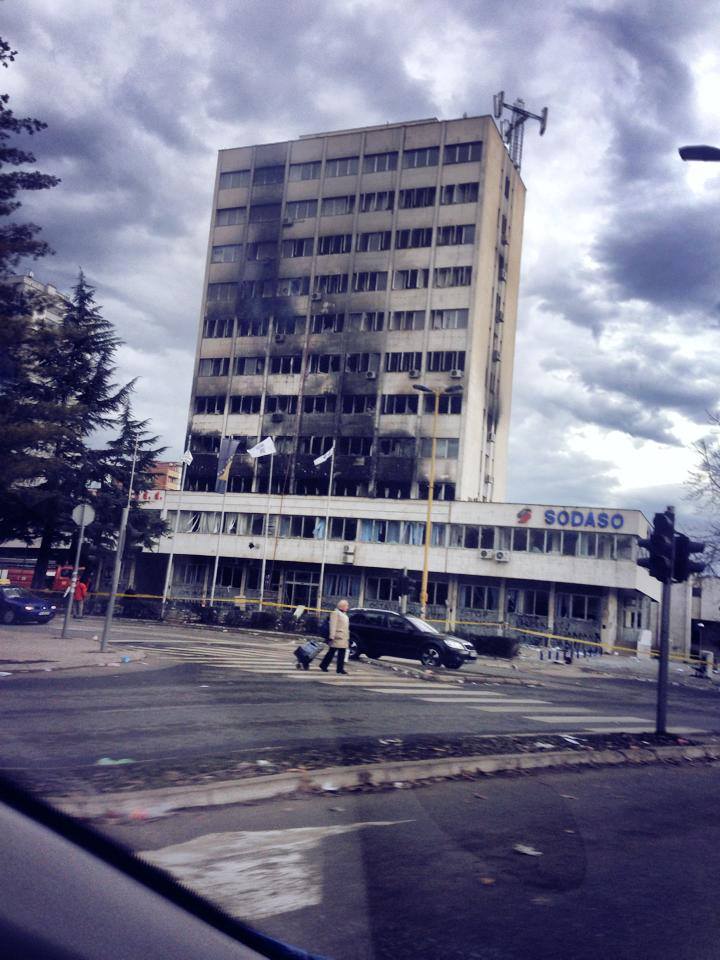

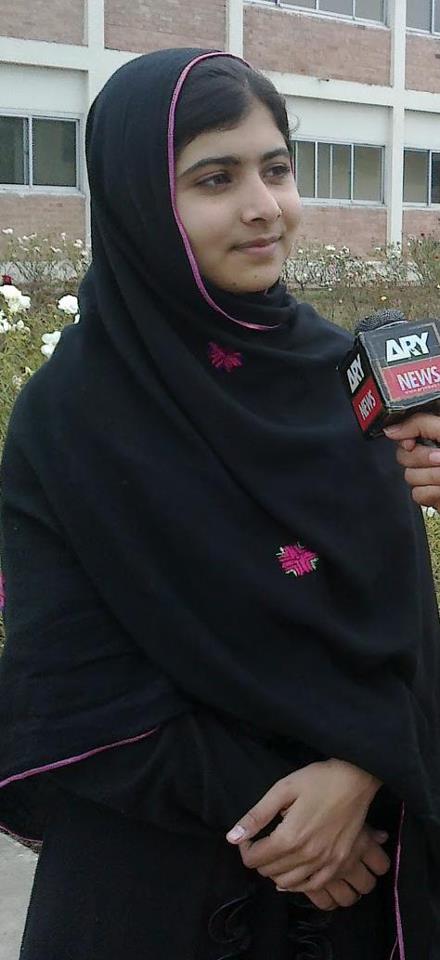
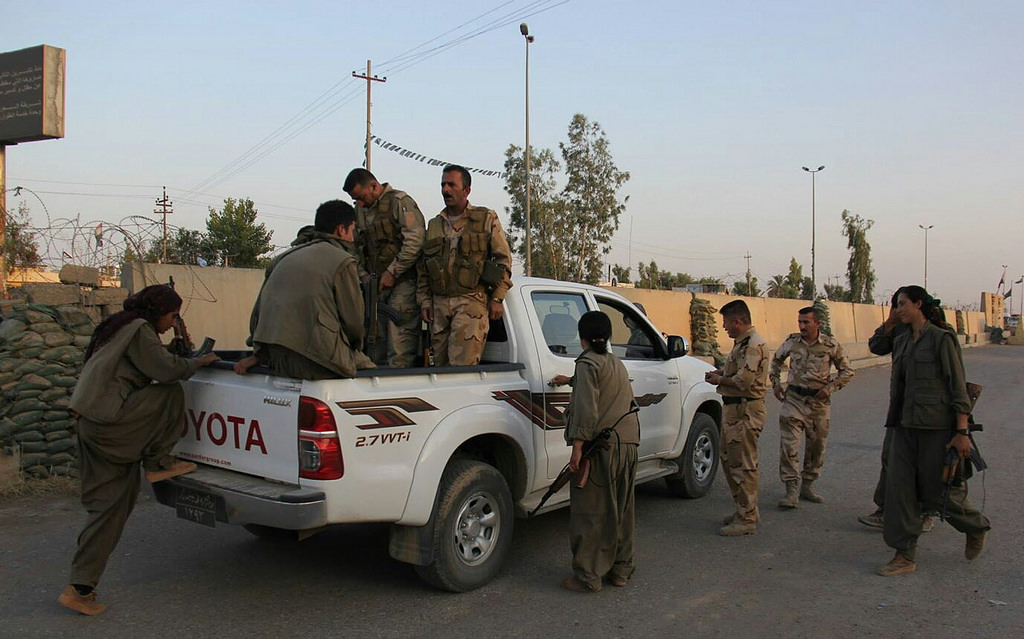
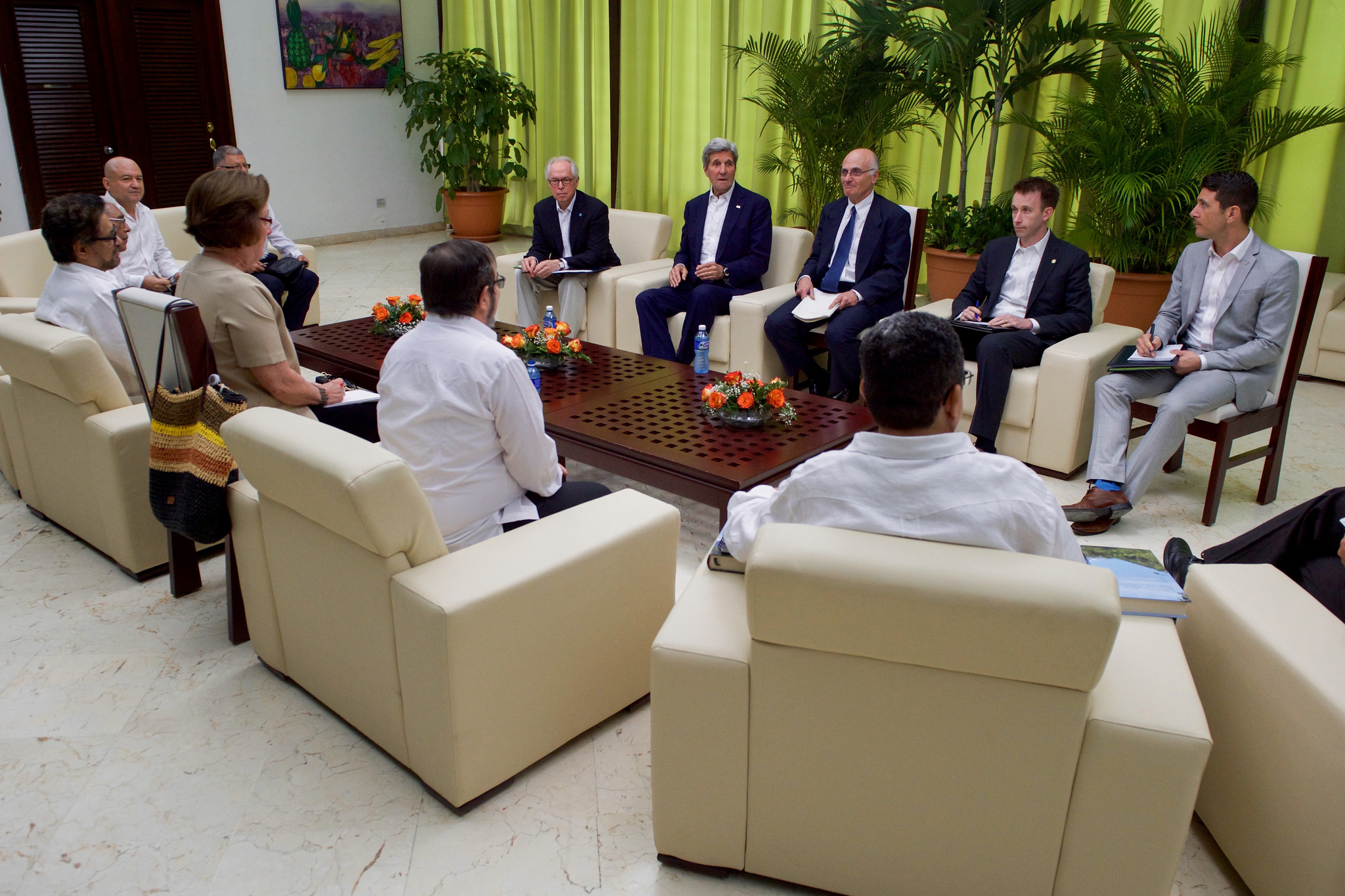
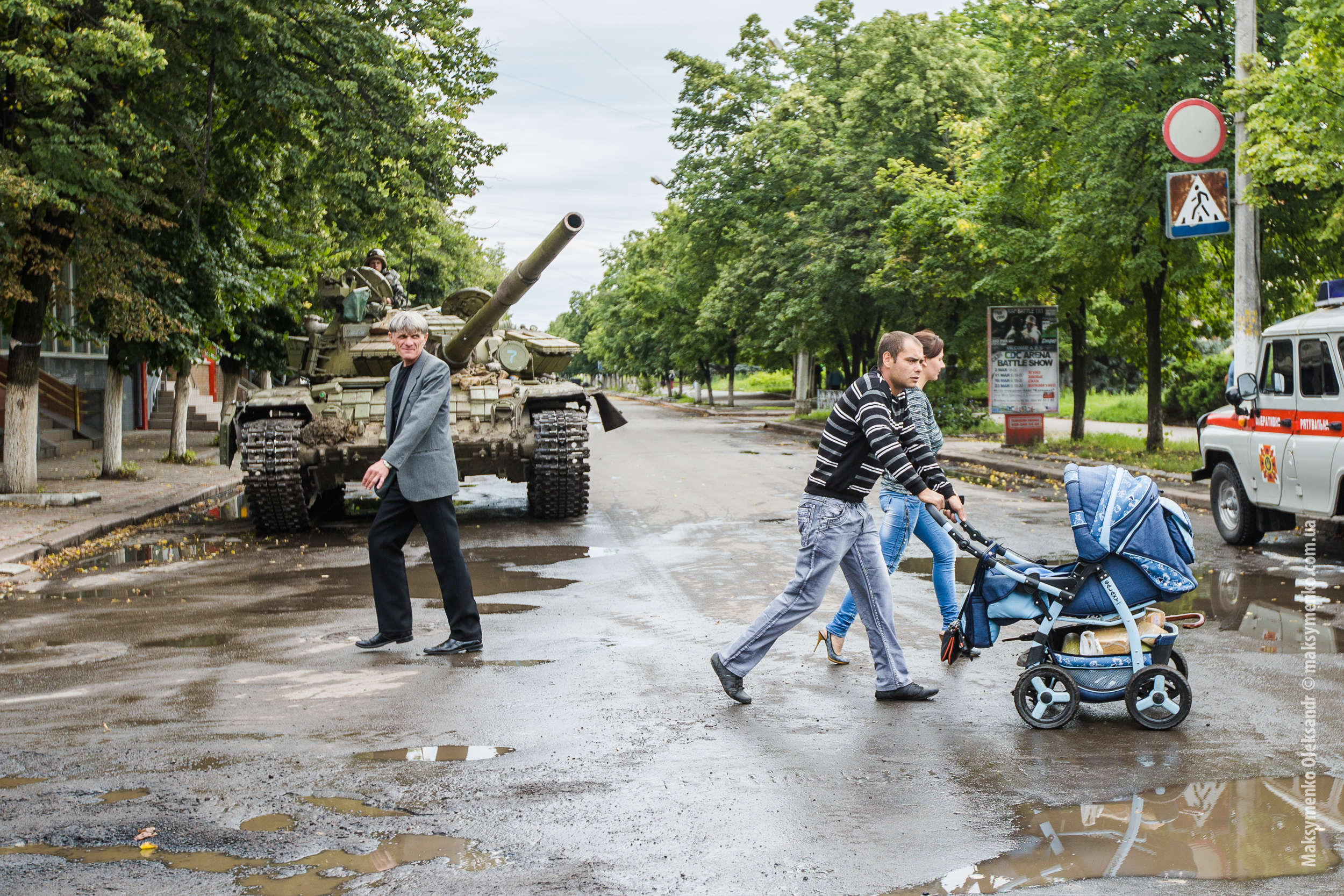
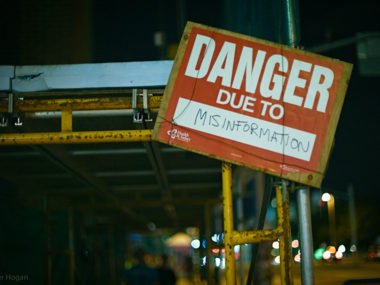
1 comment